Caused by Candidatus Liberibacter asiaticus (formerly known as citrus greening disease).
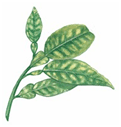
What to look for
Blotchy yellowing of citrus plant leaves and in some instances, misshapen, sour and bitter fruit.
What you can do
- Do not move plants, plant material, fruit (especially citrus fruit) or soil out of the Torres Strait Protected Zone to the Torres Strait Permanent Biosecurity Monitoring Zone, or from either zone to mainland Australia without a permit and an inspection by a departmental biosecurity officer.
- Report any signs of suspect citrus plant diseases to the department by phone on +61 7 4241 7800 or email NAQS.

Profile
Huanglongbing (HLB), previously known as citrus greening disease, is perhaps the worst problem in citrus trees worldwide. HLB is a bacterial disease that spreads through the tree canopy, causing decline and then death. It has no cure. HLB is spread by a sap-sucking insect that is not present in Australia. The only way to stop the disease is to destroy all infected trees and replace them.
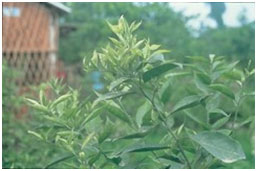
The tree canopy turns yellow and eventually dies
Identification
Symptoms of HLB on leaves are subtle and hard to pick, but one key sign is a blotchy yellowing that is not symmetrical or mirrored on both sides of the leaf. Later, new young leaves are small, upright and yellow, with green bands around the veins. In well-managed orchards, a yellowing that spreads slowly over the tree and through an orchard is an easily seen sign. However, the spreading yellowing effect can be especially hard to see in neglected backyard citrus trees growing on poor soils. Often, a general decline accompanied by fruit becoming misshapen, sour and bitter is all that people can recognise.
Distribution
The disease is prevalent in South East Asia, including Indonesia and Timor Leste, and recently reached Papua New Guinea. People illegally moving citrus trees into Australia from these areas (including planting and grafting material) could bring in both the disease and the insect that spreads it.
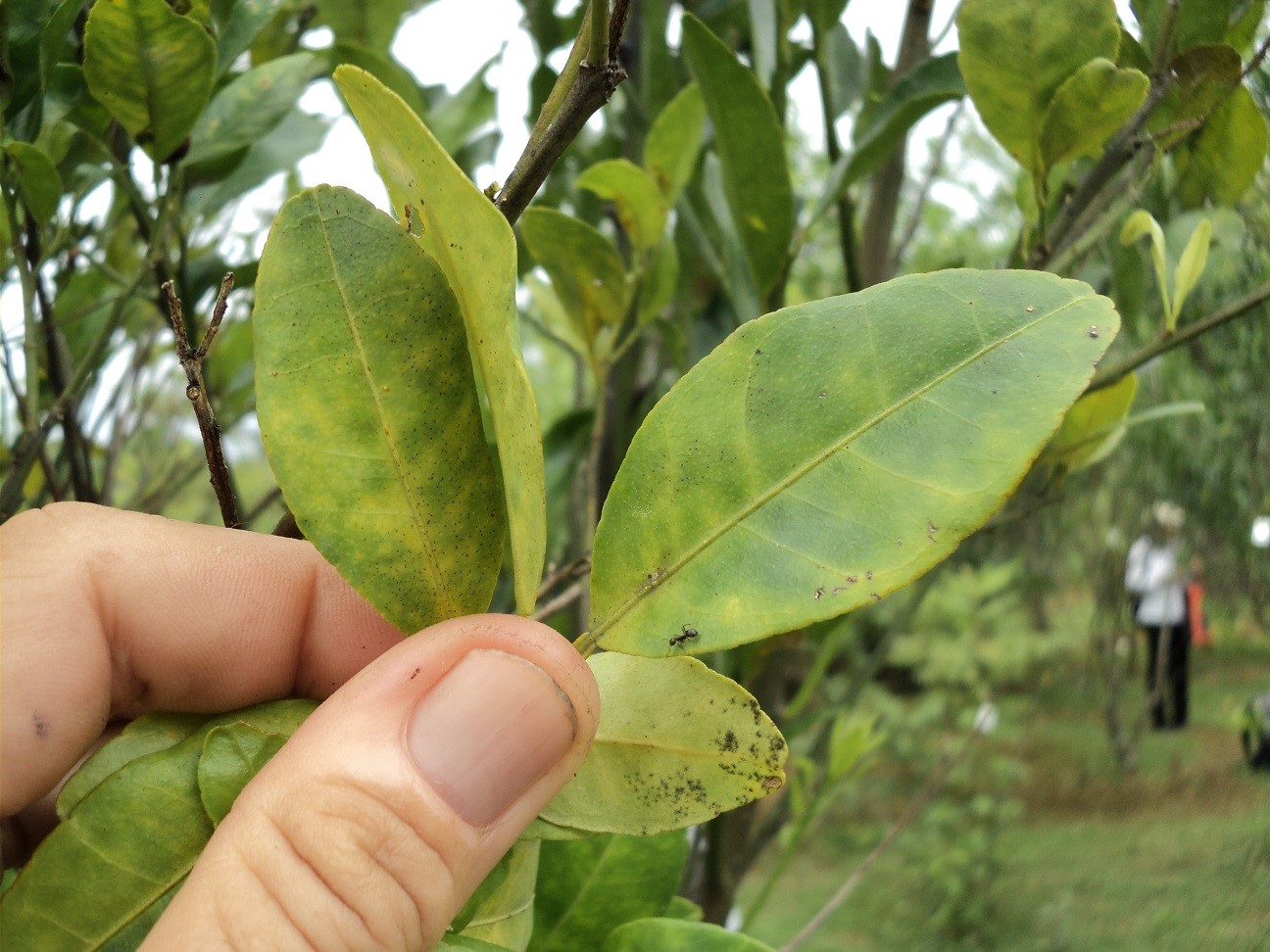
Infected trees have a blotchy yellowing that is not symmetrical or mirrored on both sides of the leaf
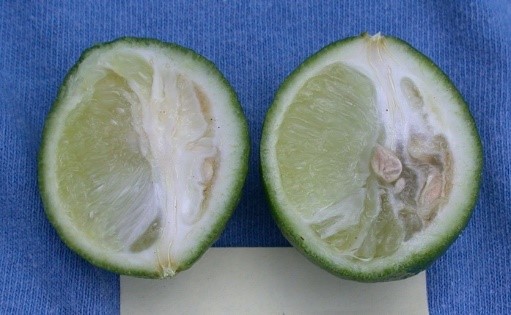
Fruit from infected trees can be misshapen or lopsided, and when cut lengthwise, the arrangement of internal tissues may be irregular
Threat
The only way to rid citrus orchards of the disease is to replace infected trees, so the cost of an outbreak to Australia’s citrus industry would be enormous. Commercial plantations would suffer most severely, with income and job losses. If HLB established in Australia most backyard citrus trees would not survive for more than a few years.
Keep a Top Watch!
Keep a watch for sick citrus trees in your area. A general decline accompanied by fruit becoming misshapen, sour and bitter, or a spreading yellowing in orchards, are signs of the disease. Look out for people smuggling citrus planting material into Australia. If in doubt, contact your local department office.
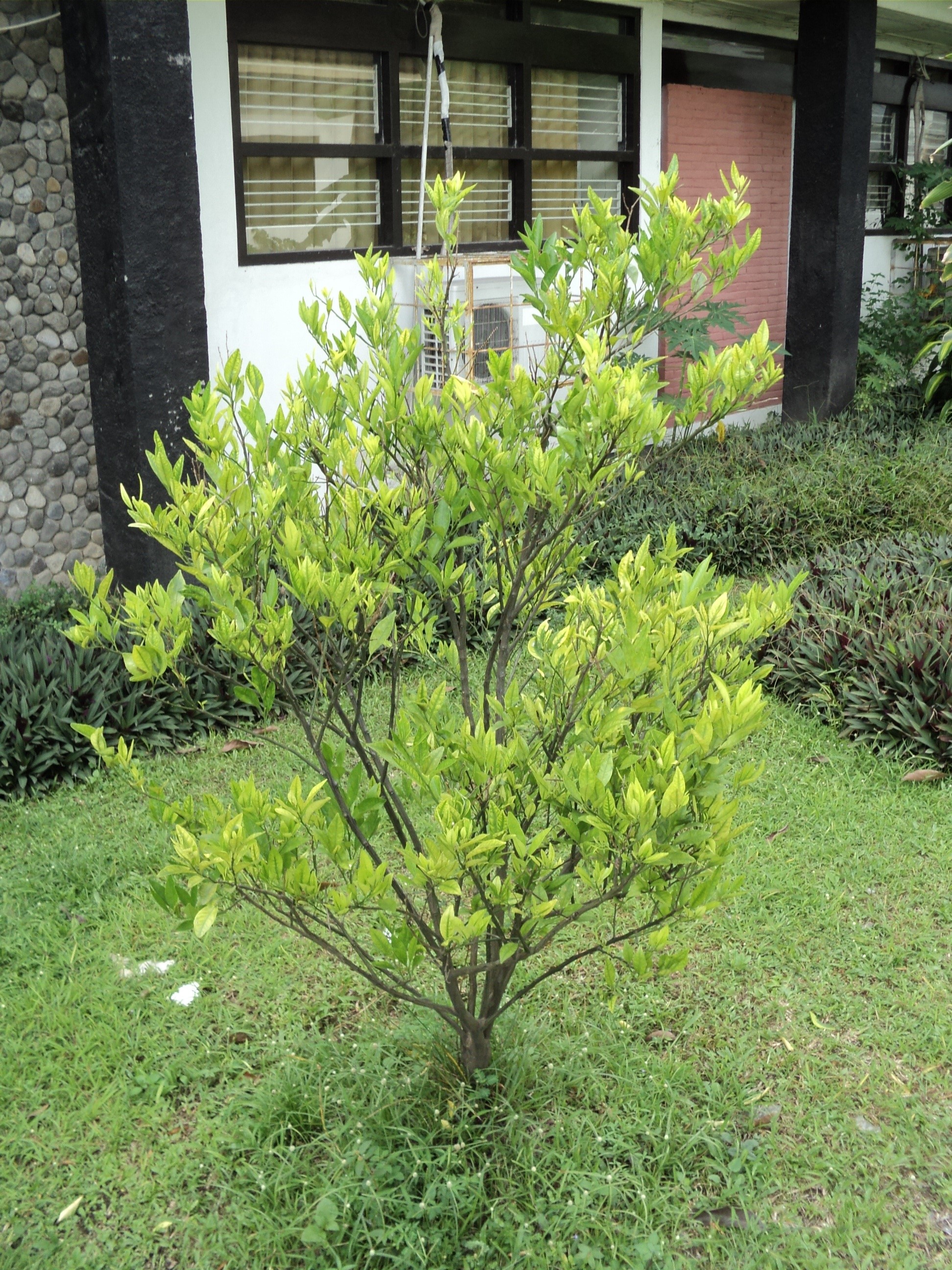
HLB can look like a nutrient deficiency
Report unusual leaf discolouration in citrus, trees starting to die, or lopsided fruit.
